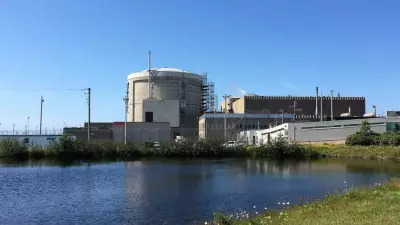
This summer delivered a brutal blow to Alberta's natural gas industry as producers faced the unthinkable—paying customers to take their product. While consumers enjoyed relief from high electricity costs, energy companies navigated one of the most challenging periods in recent memory.
The heart of the problem centered on the AECO pricing hub in southern Alberta, where prices repeatedly plunged into negative territory throughout July and August. At one point, prices collapsed to negative $1.68 per gigajoule, creating what industry experts describe as an "incredibly difficult" environment for producers.
The Perfect Storm Behind the Price Collapse
Multiple factors converged to create this crisis scenario. Major pipeline maintenance projects, including critical work on TC Energy's NGTL system, severely restricted the flow of gas to markets. With limited capacity to move product, Alberta became oversupplied, forcing producers into desperate measures.
"When you see negative pricing, it means there's more supply than the pipelines can handle, and producers are effectively paying people to take the gas," explained a veteran energy analyst. "It's like having a truckload of melting ice cream you need to get rid of—fast."
Consumers Benefit While Producers Bleed
The situation created a stark divide between energy consumers and producers. Albertans saw dramatically lower electricity prices during the summer months, with some even experiencing negative power prices. For households and businesses, this translated into significant savings.
Meanwhile, gas producers faced mounting financial pressure. Smaller companies, already operating on thin margins, were particularly vulnerable. The negative pricing environment forced some operators to curtail production or seek emergency financing to weather the storm.
Long-term Implications for Alberta's Energy Sector
Industry leaders warn that sustained periods of negative pricing could have lasting consequences for investment in Alberta's energy sector. "When investors see this kind of volatility and risk, they get nervous," noted the CEO of a mid-sized gas producer. "We need stable market conditions to justify continued investment in development and jobs."
The situation highlights the critical importance of pipeline infrastructure and market access for Alberta's energy future. With several LNG export projects potentially coming online in coming years, the industry hopes for more stable pricing through access to global markets.
As Alberta moves toward fall and winter, when gas demand typically increases, producers are cautiously optimistic about price recovery. However, the summer of negative prices serves as a stark reminder of the market vulnerabilities facing Canada's energy heartland.





